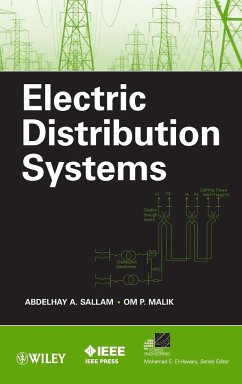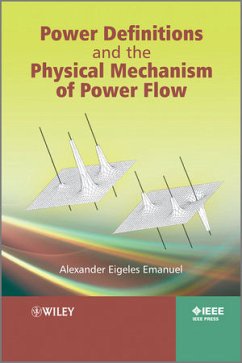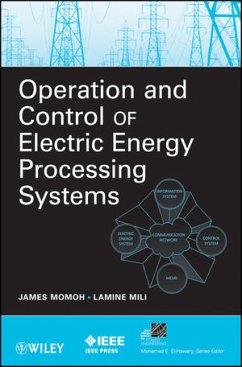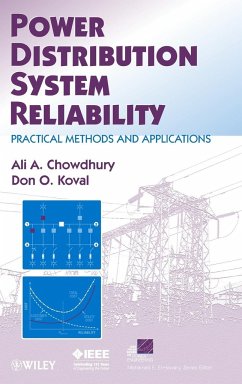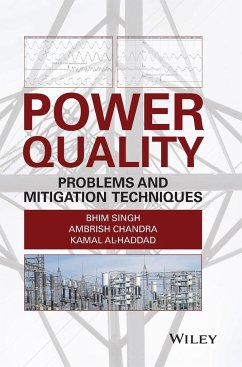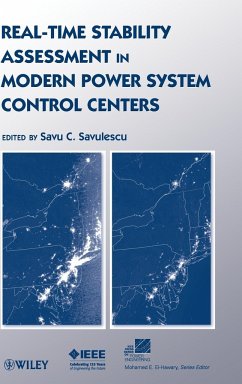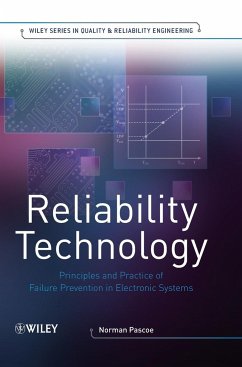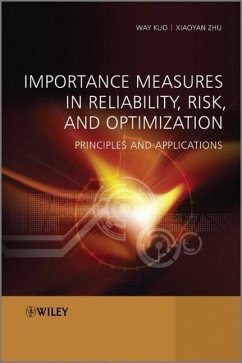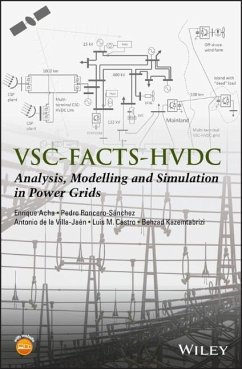Nicht lieferbar
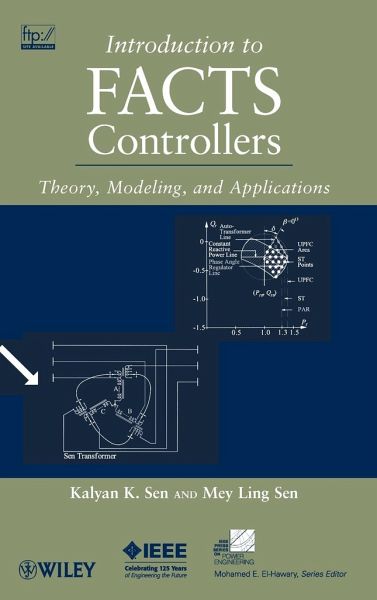
Introduction to Facts Controllers
Theory, Modeling, and Applications
Versandkostenfrei!
Nicht lieferbar
Written from a practicing engineer's point of view by one of the pioneers who developed the technology, FACTS Controllers provides a solid foundation to the basics of Flexible Alternating Current Transmission Systems (FACTS). The text provides sample computer simulation in the EMTP programming language, with the complete set of models available for download. After reading the appropriate parts of this book, students, teachers, and practicing engineers will be able to carry out studies of power system networks to mitigate their unique power flow problems.




